Did you know that potting soil for container gardening does not actually contain dirt? Well, at least those made in North America.
In fact, regular garden soil is only recommended for use in pots if it is generously amended with organic material such as compost.
That said, using the right potting mix can make a world of difference in the health and production of your plants.
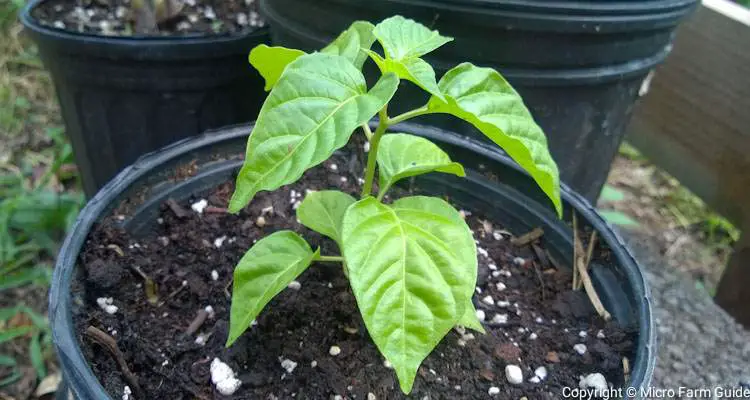
Thankfully, there are several options to choose from, and you can also create your own with some practice.
In this article, you will learn:
- What Is Potting Soil?
- Difference Between Potting Soil And Potting Mix
- How To Choose Potting Soil For Container Garden
- How To Use Regular Soil Instead Of Potting Soil
- How Much Potting Soil Does It Take To Fill A Container?
- How To Use Potting Soil
- How To Reuse Potting Soil
- How To Make Homemade Potting Mix (3 Types)
What Is Potting Soil?
Potting soil, or potting mix, is a blend of organic materials such as compost, peat moss, and other amendments used to improve drainage and fertility.
In most cases, potting soil does not contain actual soil since it is intended for use in containers. However, it is now common for some companies to add ingredients such as rock dust to improve the mineral profile of the mix.
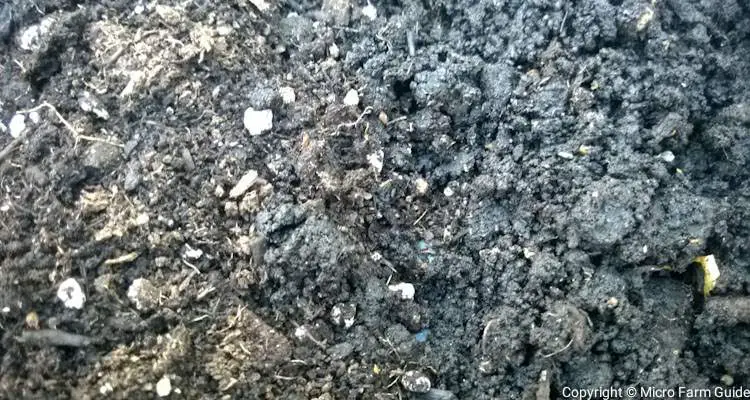
Difference Between Potting Soil And Potting Mix
The names potting soil and potting mix are often used interchangeably to describe growing media meant for container use. However, these terms might mean something different based on the country in which you reside.
For example, in North America, both potting soil and mix refer to soilless media. Whereas, in the UK, there are specific brands of potting soil which contain garden soil.
Australians keep it simple by referring to the soilless blend as Potting mix. This removes any confusion concerning the nature of the ingredients.
I’m not too picky about the exact names since the labels vary based on the brand and the country of origin. However, I usually confirm that the mix at least contains perlite or vermiculite to help with drainage.
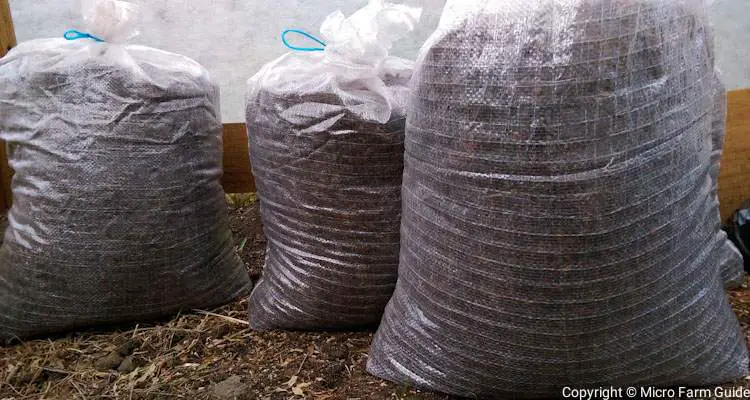
How To Choose Potting Soil For Container Garden
There are several types of Potting Mixes to choose from. Yet, for the most part, it is best to use a general-purpose mix intended for vegetables, herbs, and flowers.
Usually, potting soils contain materials such as peat moss, compost, coconut coir, perlite, and vermiculite. The type and ratio of materials can affect the drainage and acidity of the mix.
For example, different potting soils are designed for cacti, orchids, and starting seeds. These specialized mixes vary primarily in texture, nutrient content, and price.
That said, you can use a general-purpose potting mix for most plants. However, you might need to amend them with perlite, compost, or other material based on the plant, location, and intended use.
This can be a lot to take in. However, the best way to get the hang of choosing and adjusting potting mix is with practice, observation, and exposure to different brands over time.
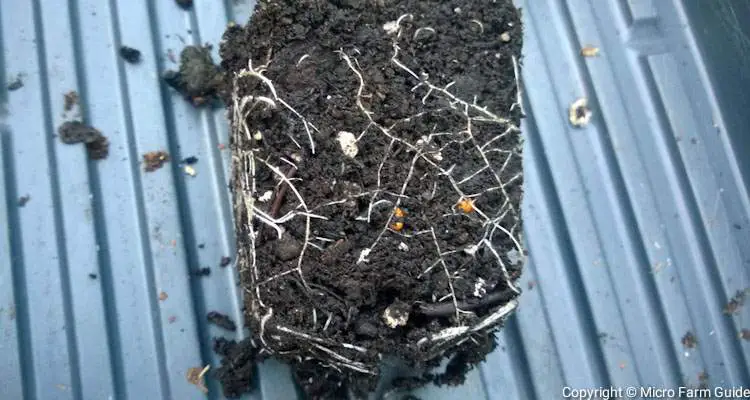
Can I Use Regular Soil Instead Of Potting Soil?
It is possible to use regular soil in containers, provided you mix it with enough organic material and other things to help with drainage.
When mixed in a 1 to 1 ratio with compost, manure, or other organic matter, loam and sandy soils work great in pots.
However, clayey soils can be challenging even if amended since they tend to compact and become a solid mass when they dry out.
Yet, this is what I had to work with as a kid. Back then, I was taught to mix soil with goat manure and coarse sand to grow herbs in milk tin containers.
This is not ideal, but it works fine if you are in a pinch. However, I’ll go into more detail about making potting mix at home later.
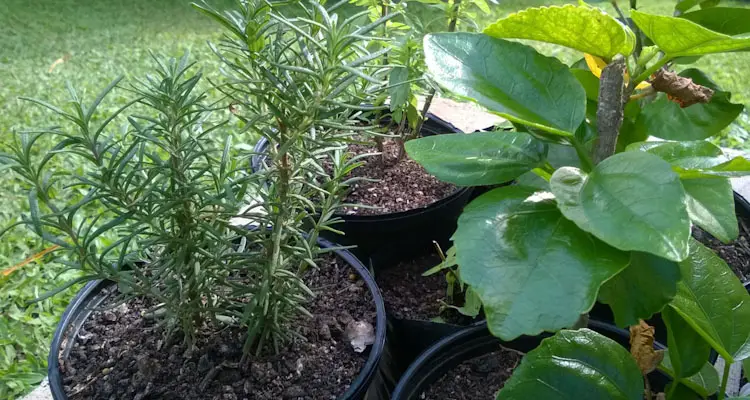
How Much Potting Soil Does It Take To Fill A Container?
Potting soil is usually sold in bags by the cubic feet (cu. ft.). Typically, it will take about 1 cubic foot of potting soil to fill a 5-gallon bucket.
Keeping this in mind, here are some standard pot sizes and how much potting mix you’ll need to fill each.
| Pot Size (Inches) | Pot Size (Gallons) | Potting Soil Needed (cu. ft.) |
| 7 | 1 | 0.2 |
| 8.5 | 2 | 0.4 |
| 10 | 3 | 0.5 |
| 12 | 5 | 0.9 |
| 14 | 7 | 1.2 |
| 16 | 10 | 2.0 |
| 21 | 20 | 3.6 |
| 24 | 25 | 4.5 |
As you can expect, this can get costly as your garden expands. Thankfully, it is possible to reuse and make your own potting mix.
How To Use Potting Soil
Most potting soils consist primarily of peat moss or compost, which is excellent at retaining moisture. However, this ability is reduced if they are allowed to dry out.
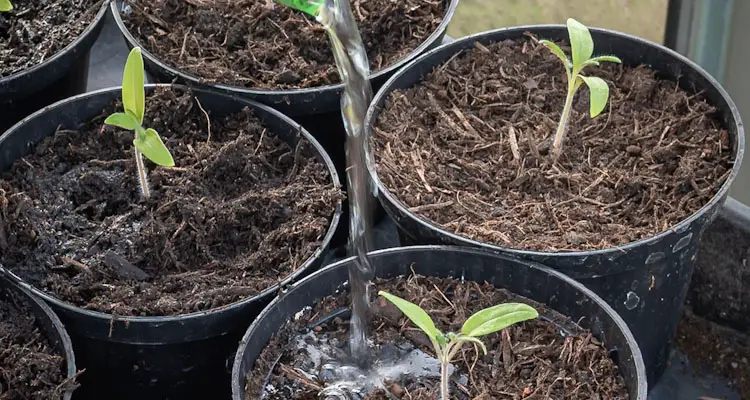
As a result, you first have to “prime” the potting soil for use as follows.
- Pour some potting soil and water into a container, then mix thoroughly. Don’t worry if the soil is soggy at this point.
- Next, add more potting soil to the mixture and turn until you see a relatively even blend of light and dark brown materials.
- Then, cover the mixture and place it aside for a few minutes. The moisture will wick throughout the growing media until everything becomes dark brown and fluffy.
- You can then pour the moistened potting mix into your planter. Remove excess material by passing your hand across the top and leveling it.
- Finally, tap the pot on a surface gently to remove excess air pockets. Add or remove extra material until you have a space of about 1 inch from the top.
You do not need to put rocks or pebbles at the bottom of your planters to “help” with drainage. This is unnecessary since potting soils are generally well-drained.
However, you can amend the potting mix with compost, bone meal, ashes, or other fertilizers based on the plant’s growth stage.
You can grow just about any vegetable in pots, so long as you use the correct size container, suitable potting mix, fertilizer, and watering schedule. You can check out the article 19 Best Vegetable For Container Gardening for some ideas.
How To Reuse Potting Soil
Potting soil tends to lose its vitality by the end of a growing season. Thankfully, you do not have to throw it away afterward. Instead, you can reuse it almost indefinitely.
Generally, you can revitalize old potting soil by adding compost, perlite, and other amendments to improve the soil’s fertility and drainage. This mixture can be used immediately or allowed to rest until the next growing season.
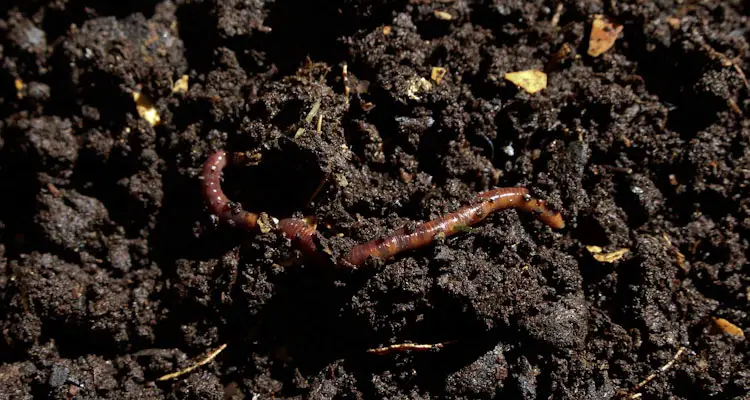
However, I like to take this further by adding the old potting soil to my hot compost pile to eliminate any spores or pathogens that may have found their way into the container.
I then store the “composted” potting soil in a larger barrel, where worms are free to continue enriching it over time. Essentially, I’ve created a potting soil factory in my backyard.
How To Make Homemade Potting Mix (3 Types)
Potting mix is easy to make, provided you have the right ingredients in suitable proportions. The main components are organic material, items to help drainage, and amendments to improve fertility.
1. Budget-Friendly Potting Mix
You can make the simplest potting soil by mixing one part dirt or coarse sand with one part organic material such as compost. This budget-friendly blend is perfect for most plants. It is used extensively for perennial plants since it retains structure over time. However, it can be on the heavy side.
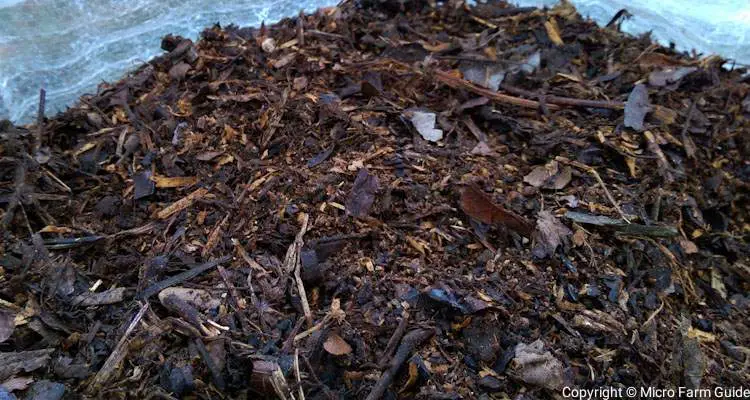
2. Classic Container Mix
Next, you can create a classic container mix, which is a blend of one part peat moss, one part compost, and one part perlite or vermiculite. This mix drains quickly and is perfect for most vegetables and herbs in outdoor containers. You can also add suitable fertilizers and amendments based on the crop you intend to grow.
3. DIY Seed-Start Mix
Finally, you can sift compost using a fine sieve to make a potting mix suitable for seed starting. Many people have great success using the compost as is. However, I like adding at least one part perlite to 9 parts sifted compost to ensure the media drains well.
Final Thoughts
Potting soil is undoubtedly the lifeblood of your container garden. So, choosing an appropriate mix can make a world of difference in your plants’ health, yield, and your overall experience with container gardening.
However, “quality” is not limited to a specific brand but depends on the actual ingredients and characteristics of the potting soil itself.
As a result, it is possible to create fantastic potting mixes at home using materials that would have otherwise gone to waste, by combining different materials and monitoring the results. The exact mixture will vary based on the ingredients used, but the general concept remains unchanged.
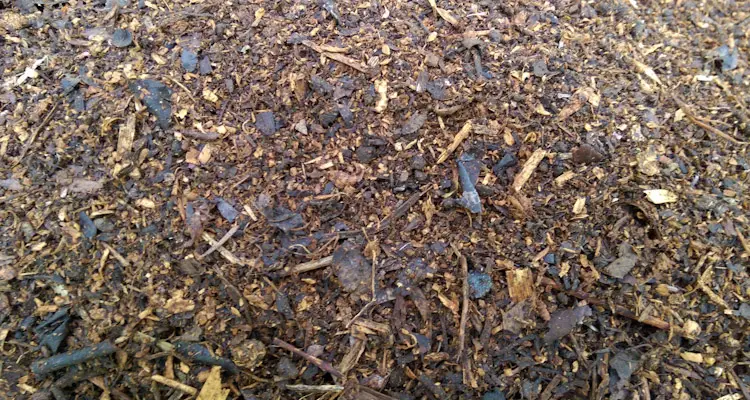
Related Questions
Does Potting Mix Expire?
Generally, the potting mix does not expire. Still, it may contain materials that can lose texture and other favorable qualities over time. As a result, the average shelf life is between 12 to 24 months, with some mixes capable of lasting more than 5 years if stored properly.
Can I Use Compost As Potting Soil?
You can use compost as potting soil, especially for short-season crops. However, you must amend the compost with other materials if you intend to grow perennial plants to maintain drainage and fertility.
Can I Plant Straight Into Compost?
Yes, you can plant straight into compost. However, you might need to sift or amend the media based on the growing preferences of the plant and the material from which the compost was made.
What Is The Difference Between Topsoil And Potting Soil?
The difference between topsoil and potting soil is that topsoil contains dirt (sand or clay) and organic materials such as compost. In contrast, potting soil is generally a soilless media made from a composted organic material such as peat moss, wood chips, and sawdust.

